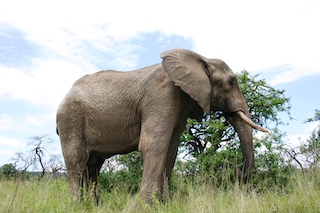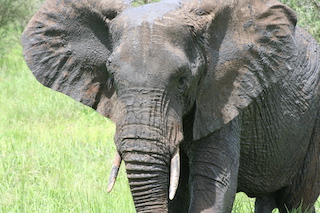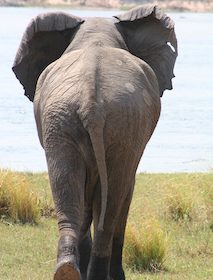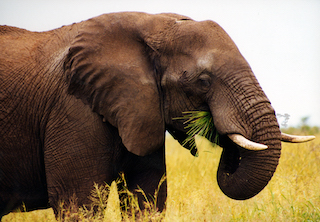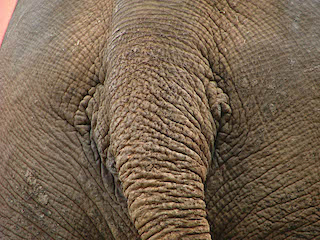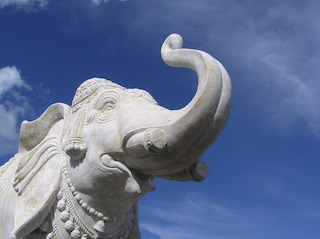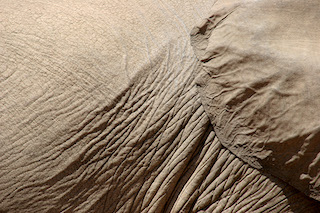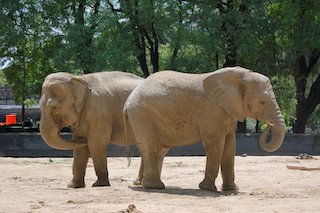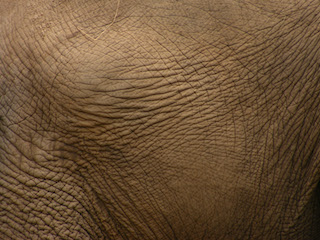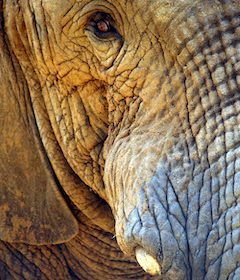Elephants are among the most revered animals. Elephants symbolize a wide range of values, from leadership and community to memory and ancestral connection. Their presence in African culture is not just about their physical attributes but also their deep connection to the natural world, their communities, and their enduring legacy.
Elephant
In the realm of spirituality, the symbolism of the elephant carries powerful messages that resonate with individuals seeking guidance and personal growth. If you have ever felt drawn to the elephant spirit, you are not alone. Many turn to clairvoyants to explore the significance of elephant symbolism in their lives.
The influence of elephant as a totemic symbol can be explored through the universal traits. It embodies strength, wisdom, protection, and the deep connections to nature and community. Understanding the significance of the elephant involves examining its symbolism in traditions and how they resonate with indigenous peoples across North America.
When an individual’s spirit animal is the elephant, it can offer valuable insights. In this article, we explore the behavioural characteristics of people whose spirit animal is elephant, while also addressing the psychological concept of psychoticism, and how it relates to the compassionate and balanced nature of the elephant spirit.
As I embarked on my path to understanding the elephant spirit animal and its symbolism, I turned to the guidance of psychics near me. This journey not only opened my eyes to the profound symbolism of the elephant but also to the importance of seeking spiritual guidance from trusted sources.
Elephants are among the most revered animals in spiritual traditions around the world. Known for their intelligence, emotional depth, and extraordinary strength, these majestic creatures hold profound spiritual significance. This article explores the 10 most frequently asked questions about elephants, with a focus on their symbolic meanings across various cultures.
Mediums, those who can communicate with the spirit world, often interpret the appearance of elephants as messages from the other side, offering guidance, protection, and insight. In this article, we will explore the mysterious significance of elephants, their symbolism in different cultures, and how mediums interpret dreams their spiritual meaning.
If an elephant appears in your dream, it may carry messages related to your life or spiritual path. Mediums and dream interpreters often see such dreams as messages from the subconscious or even the spirit world. This article will explore the meaning of elephant dreams and how mediums interpret them.
If an elephant has appeared in your dreams, it could be a sign that the elephant spirit animal is calling you to pay attention to your spiritual path. In this article, we will explore the symbolism of the elephant spirit animal and how it can guide you toward deeper insights.
This article explores the significance of elephants as spiritual symbols and how psychics interpret their presence in the lives. We will delve into the historical, cultural, and metaphysical meanings behind elephant symbolism and how psychics use this imagery to guide their clients on a path of self-discovery, healing, and transformation.

